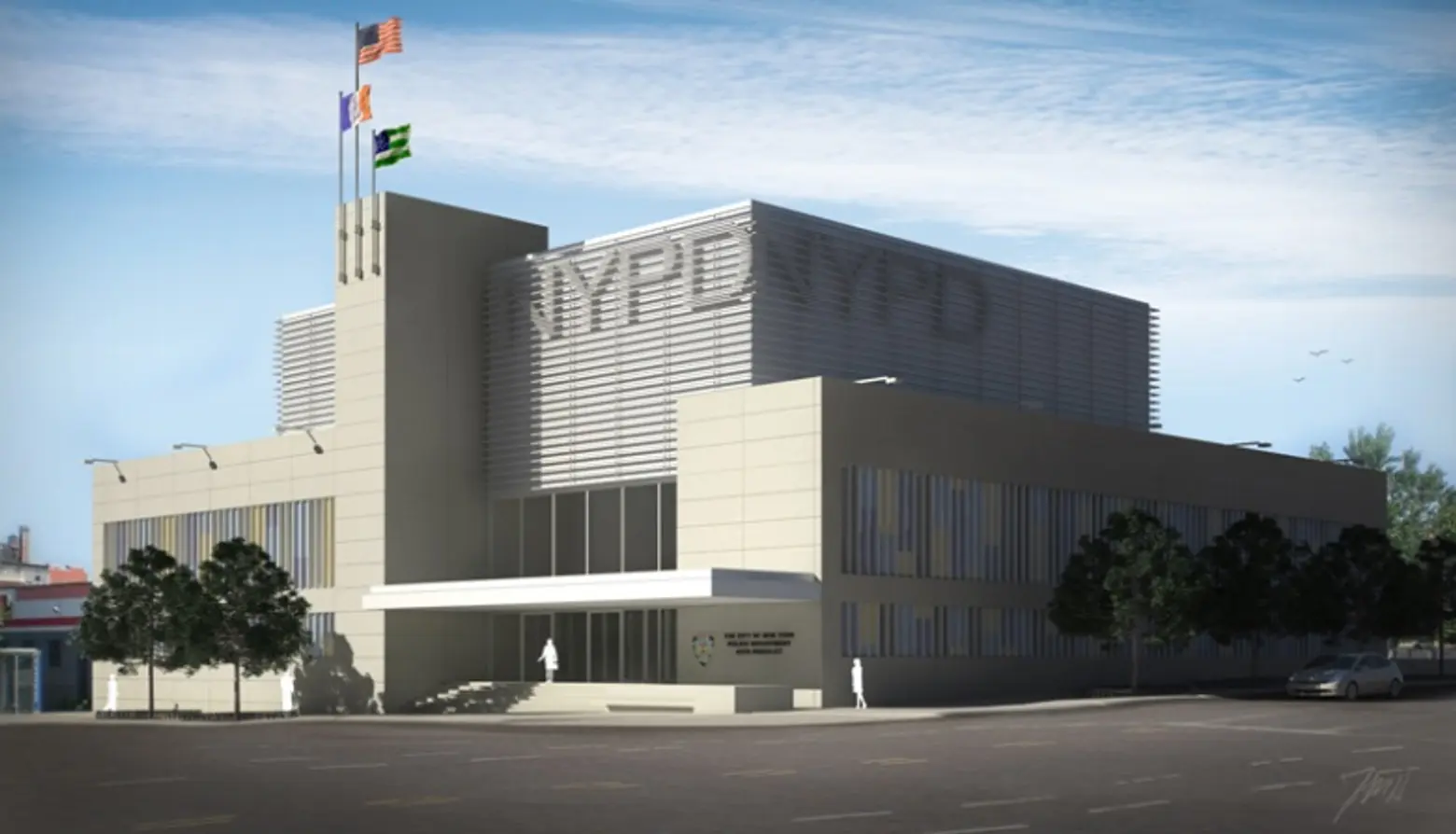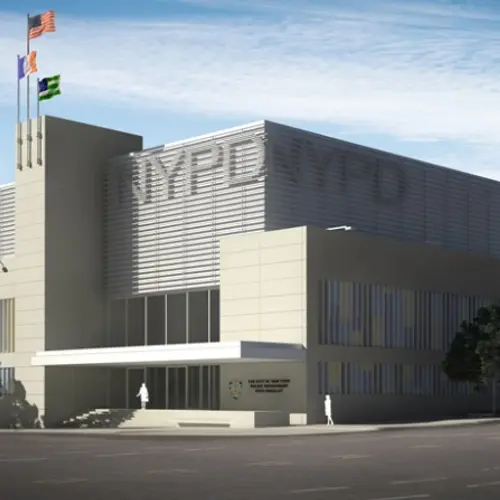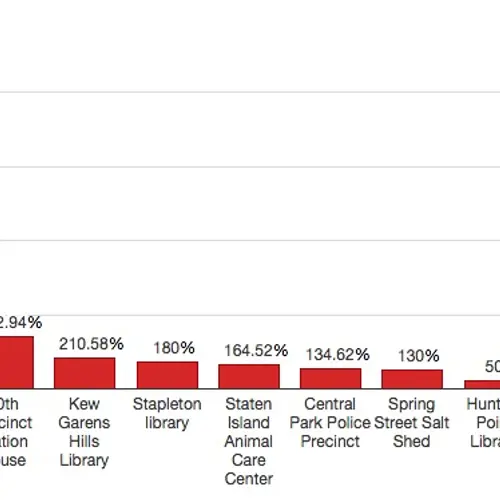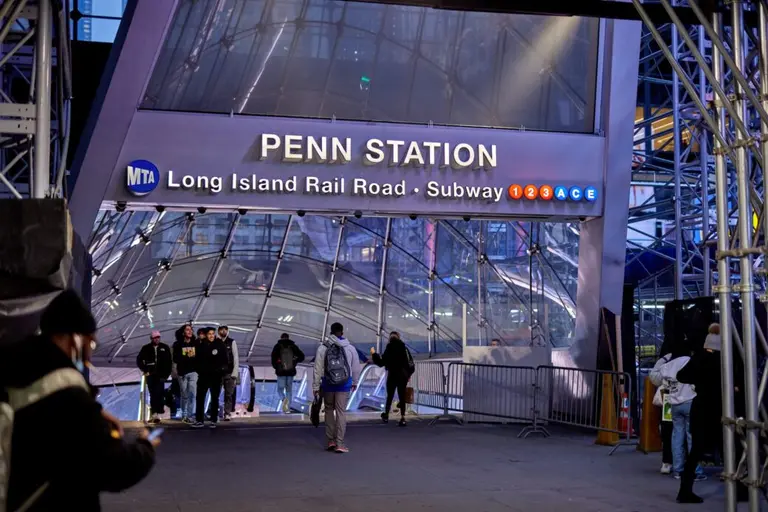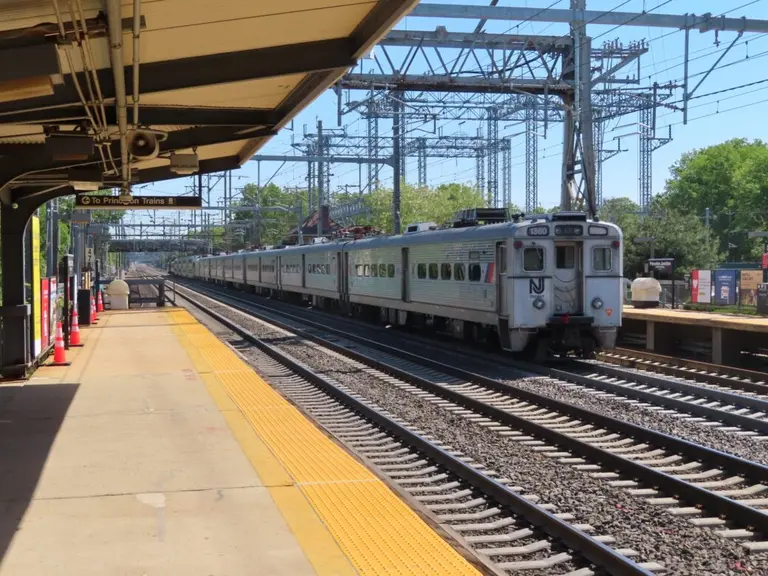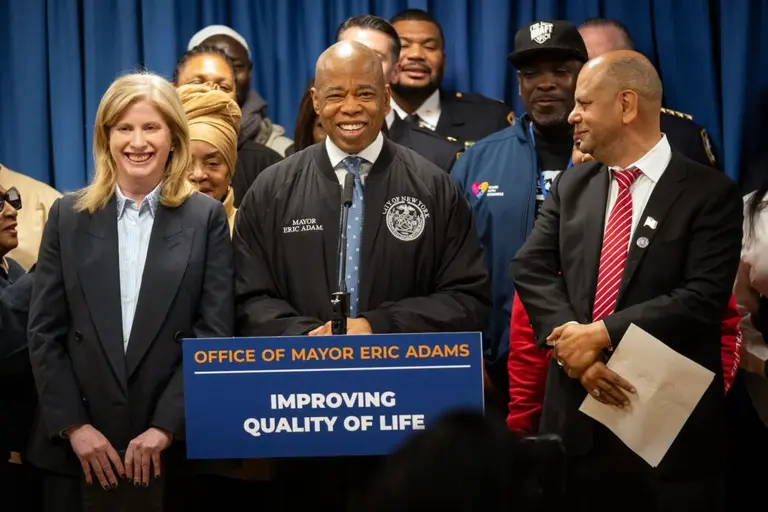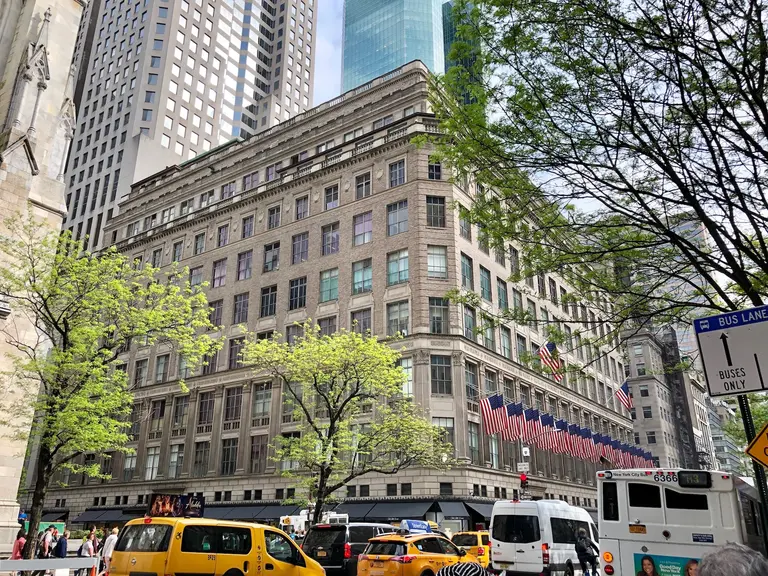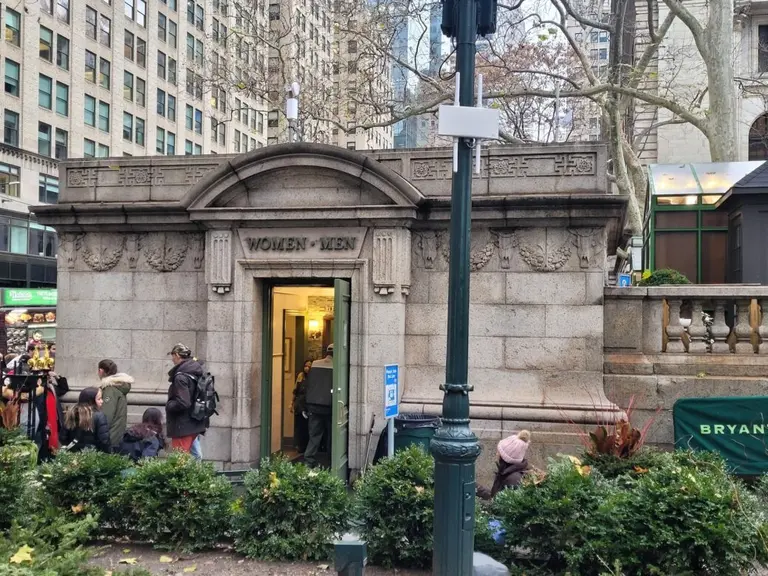Starchitect-Designed Public Projects Are Often Long Delayed and Way Over Budget
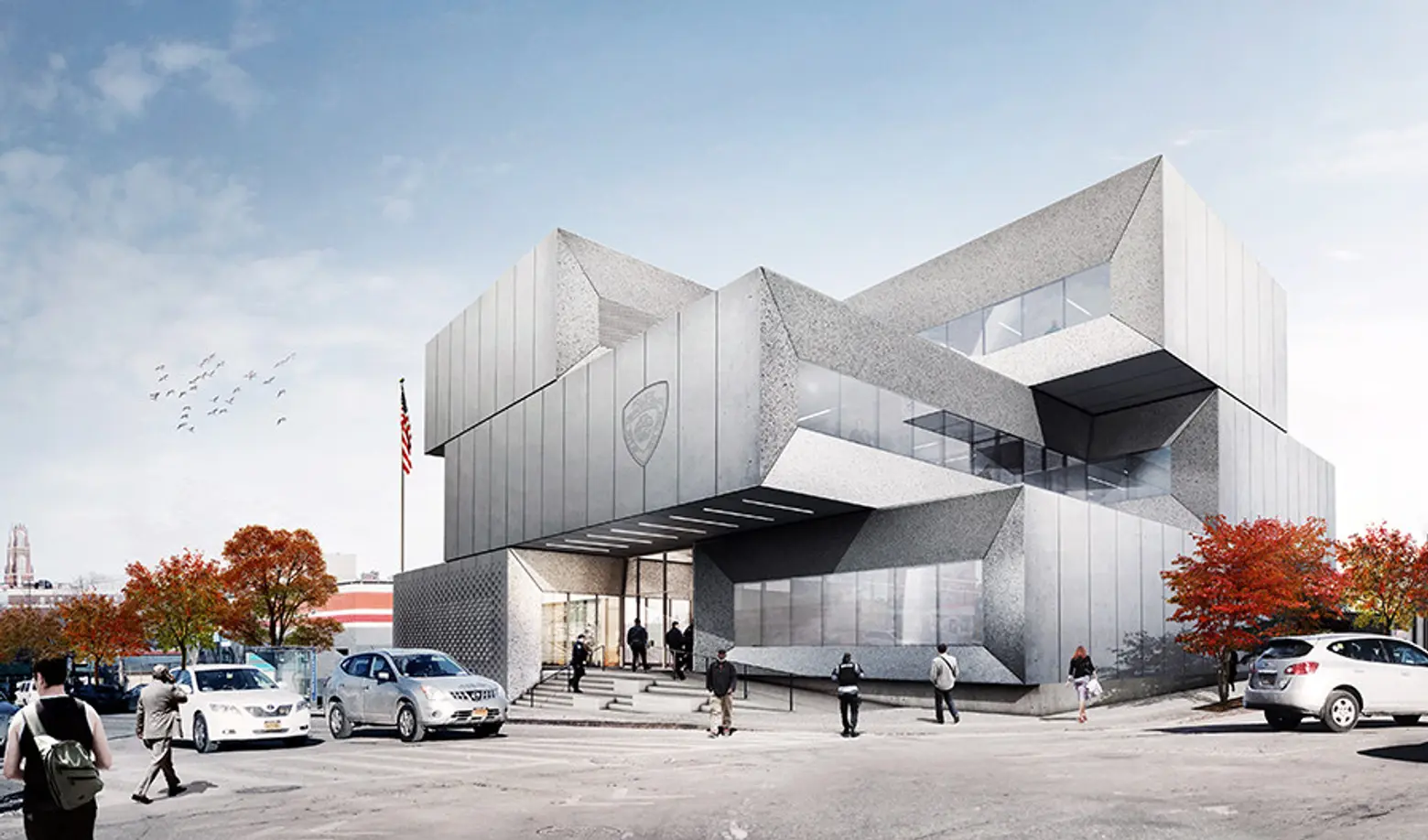
Bjarke Ingels’ design for the NYPD 40th Precinct station house in the Bronx, part of the Design Excellence program
The big news last week was the Port Authority’s decision not to hold an opening ceremony for Santiago Calatrava’s World Trade Center Transportation Hub (followed by their sudden flip flop), citing the fact that it was six years delayed and that final construction costs came in around $4 billion in taxpayer dollars, twice what was projected. Though the Hub has become notorious for these reasons, it’s hardly the only public project to face delays and skyrocketing costs. In fact, it’s not even close to being the worst of the lot that are draining tax payer dollars.
DNAinfo took a look at the Department of Design and Construction’s Design Excellence program, a city initiative where high-profile architects design public facilities. Take for example the NYPD station house on Staten Island known as “The Stapler.” Its original cost was projected as $3 million, but when it opened in 2013 this rose to a whopping $73 million. DDC, ironically, blames the emphasis on design for the problems, as well as a faulty budgeting process (cost estimates are calculated before actual designs are selected).
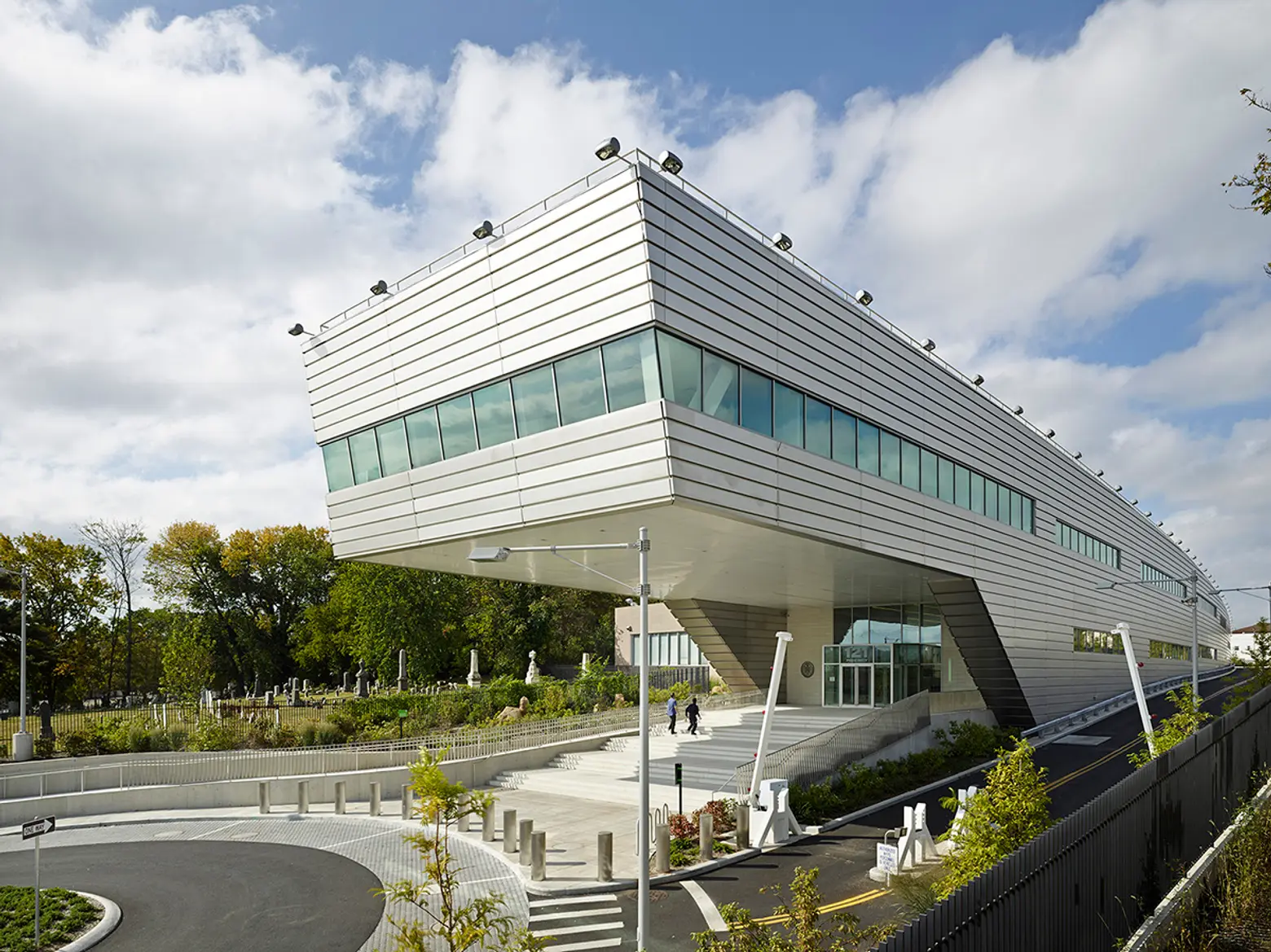
Rendering of the now-built 121st Precinct station house by Rafael Vinoly
The Design Excellence program was started in 2004 under Mayor Bloomberg “with the thought that civic architecture could create marvels of design and innovation while not being overly expensive and time-consuming.” Though the DDC oversees the construction, the actual designs and physical work are done by private contractors. Twice a year, the DDC chooses two dozen well-known and up-and-coming architecture firms who can then bid to design city projects. Those selected are picked for the quality of their work, not the price tag. These firms then receive a sizable design fee based on a percentage of the construction budget.
Let’s go back to The Stapler (its cantilevering design resembles an actual stapler), which comes courtesy of starchitect Rafael Vinoly, who received $4.5 million for the design. The 52,000-square-foot 121st Precinct station house in Mariners Harbor, Staten Island came in $70 million over budget, causing a city Office of Management and Budget official to forego the ribbon-cutting ceremony.
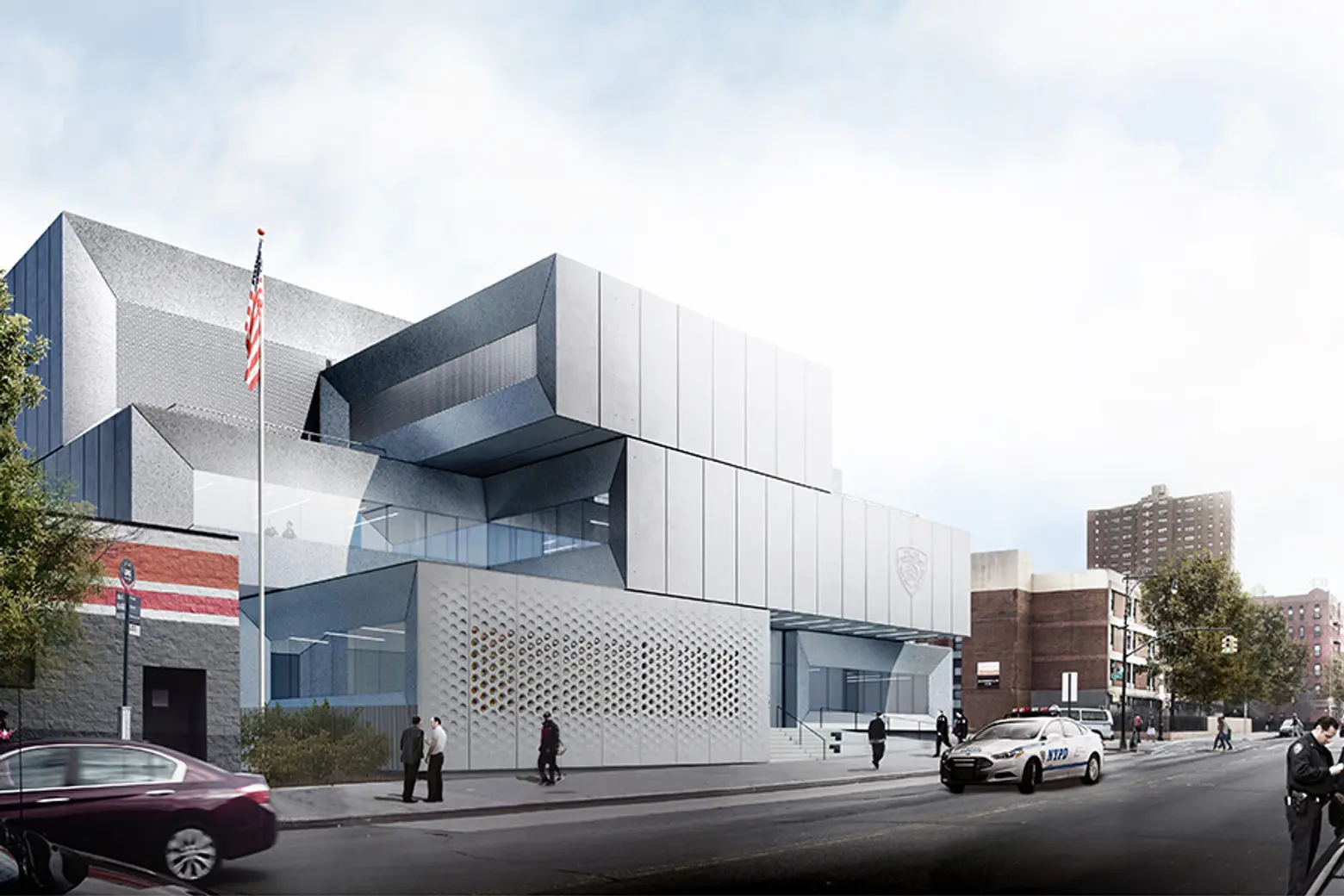
Top: Karlsberg’s design for the NYPD 40th Precinct station house in the Bronx; Bottom: Bjarke Ingels’ new design
Similarly, a station house in Central Park totaled $61 million, more than double the original $26 million estimate. It was designed by Karlsberger, who got a $4.3 million fee. The firm later went bankrupt in 2011, but before that they also designed an NYPD station house in the Bronx for the 40th Precinct and received a $1 million fee. Due to the firm closing and budget constraints, the project sat idle, but just last month it was revealed that of-the-moment architect Bjarke Ingels had taken over. Though it was originally expected to cost $17 million, it’s now projected to ring in at a whopping $50 million, which doesn’t take into account the likely hefty fee Ingels will receive. Construction probably won’t begin until 2017, nearly ten years after the project began.
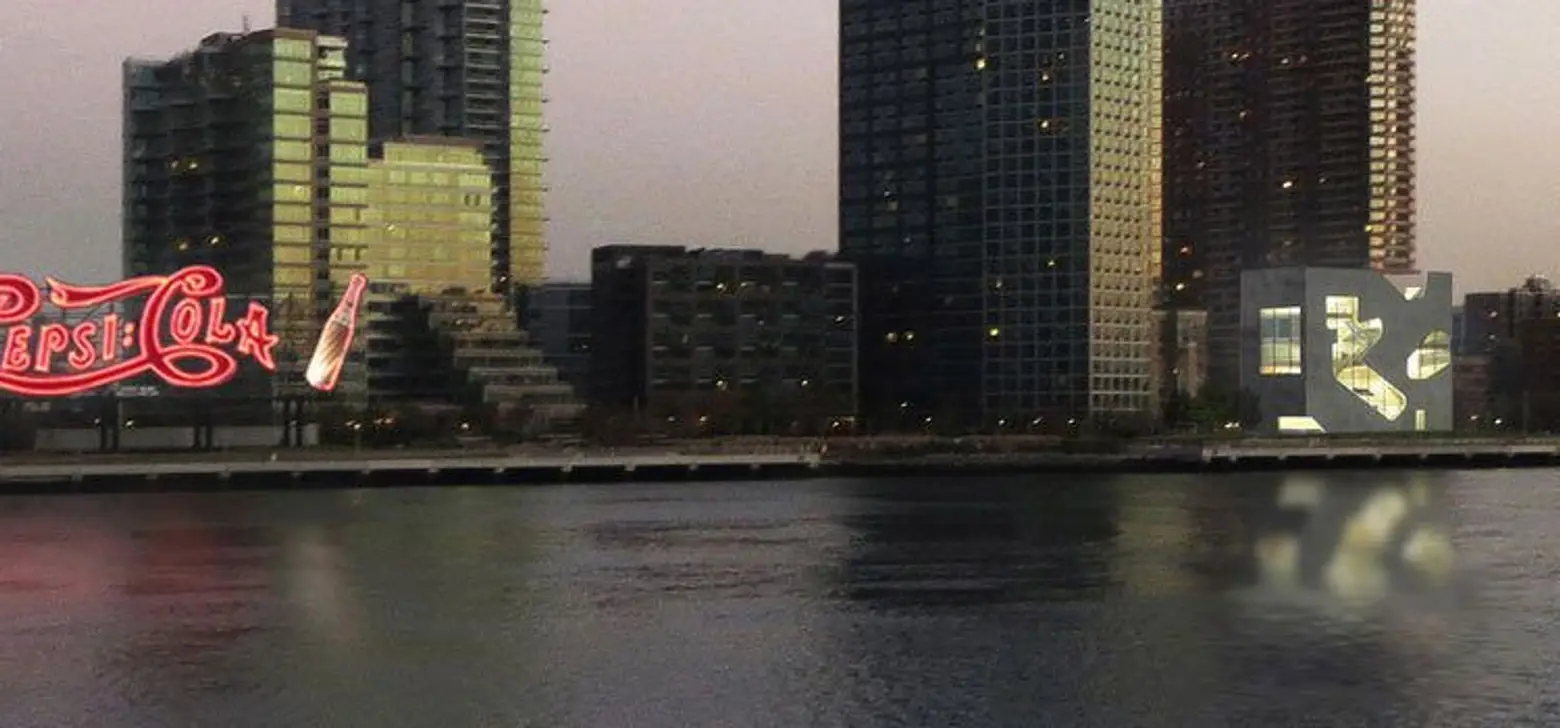 Rendering of Steven Holl’s Queens West Library in Hunters Point
Rendering of Steven Holl’s Queens West Library in Hunters Point
In addition to NYPD buildings, Queens libraries tend to be the most over budget. A new branch in Hunters Point designed by Steven Holl Architects is currently under construction. When money was allocated for the project back in 2004, it was projected to cost $20 million. Now it’s looking more like $30 million. The project has been delayed 13 years because in its first iteration, there was no contractor who could build it within budget.
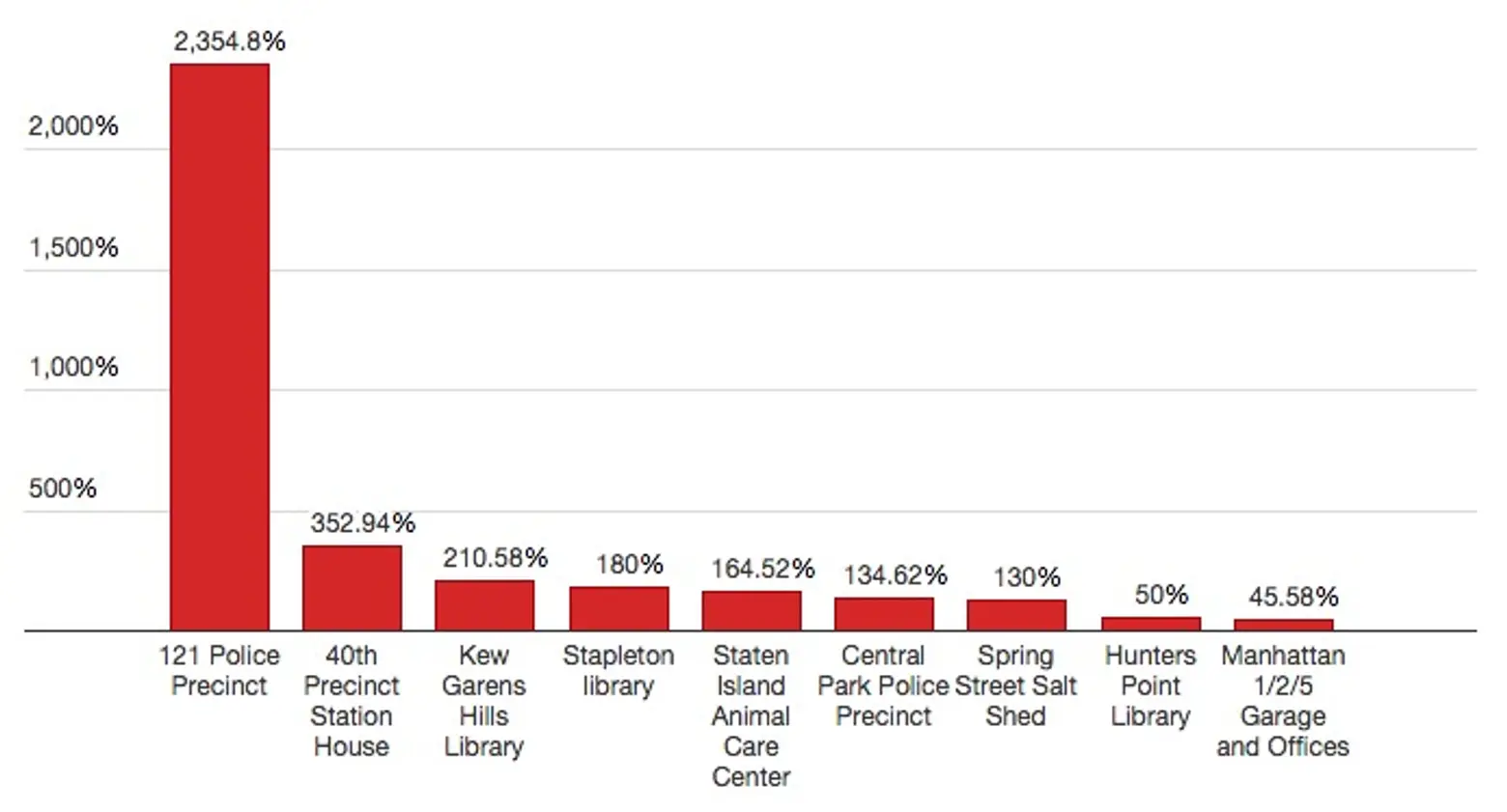
Charting over-budget public projects from the Design Excellence program. Created by DNAinfo
Despite the facts and figures, the DDC said of the Design Excellence program in a statement: “In fact, many of the changes in the budgets are due to market conditions, changes in project scopes, regulatory requirements, changes in building codes, fire protection codes and the cost of materials. This is the same as in any building project, no matter how small or large.”
[Via DNAinfo]
